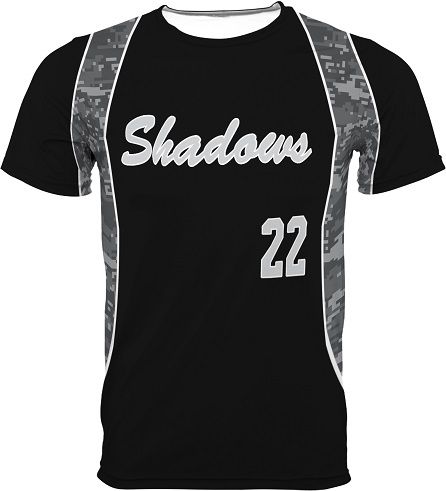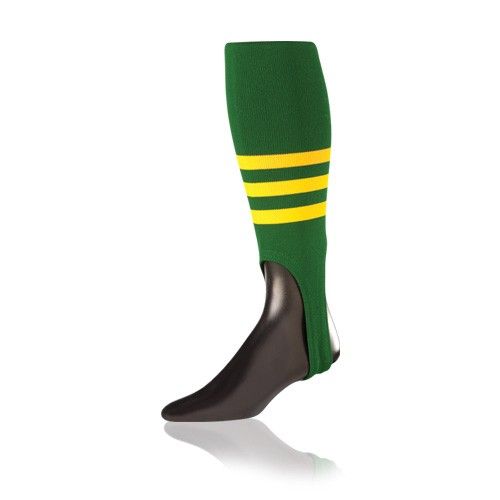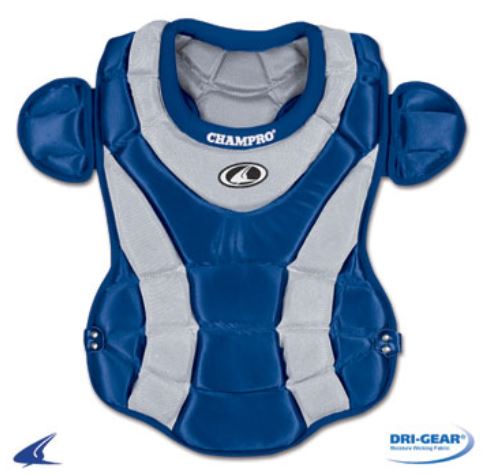Pros and Cons of Screen Printing and Heat Press
Everyone wants his or her own unique shirt, whether it is a t-shirt or a sports uniform. In today’s society, it is important that we stand out instead of blend in. When you want to add a design to an article of clothing, there are two primary methods to choose from—screen printing and heat press. Both methods offer their own advantages and disadvantages. Whether you are making the shirt on your own or allowing a professional to do it, you should understand the differences between the two.
Screen Printing
This method is the most widely used method of t-shirt printing. In the simplest terms possible, an ink-blocking stencil (the design) is applied to a woven mesh. The stencil forms an open area through which ink or other substances can be transferred and pressed onto the shirt.
Pros:
- Perfect for larger designs consisting of one or two colors.
- Ideal for printing onto cotton and poly cotton clothing items
- The ink is heat dried, therefore the garments can withstand the roughness of machine washing.
Cons:
- Each color is applied separately, making the cost higher per additional color
- Separate screens are required for each individual design. So, for each additional color, a new screen will need to be used.
- Not the best option if your design consists of several colors.
- Coated fabrics cannot be screen printed.
- Longer turn around time if many colors are used
- Time consuming to set up and clean.
Heat Press
A heat press is a machine that presses a design onto a material. The machine uses high temperatures and heavy pressure to embed the design onto the material permanently. For professionals especially, these machines are highly recommended instead of using irons. Irons cannot reach the high temperatures and pressure that a heat press machine can reach and sustain. Heat press machines typically require 350 to 400 degrees Fahrenheit. In terms of pressure, they typically demand forces of 40 to 80 psi.
Pros:
- Can use several colors, as long as they do not overlap.
- Photographic material can be pressed.
- No registration marks.
- Not messy.
Cons:
- Expensive set-up costs.
- Cannot layer colors because the t-shirt will become bulky and heavy.
- Each image needs to be cut precisely to eliminate the extra paper you do not want to print onto the image. This can be very time consuming.
Both methods, when carried out properly, make for shirts or uniforms of great quality and appearance. It is suggested that you seek professional help when taking on a printing project. Professionals have the proper equipment and expertise to get it right the first time.





